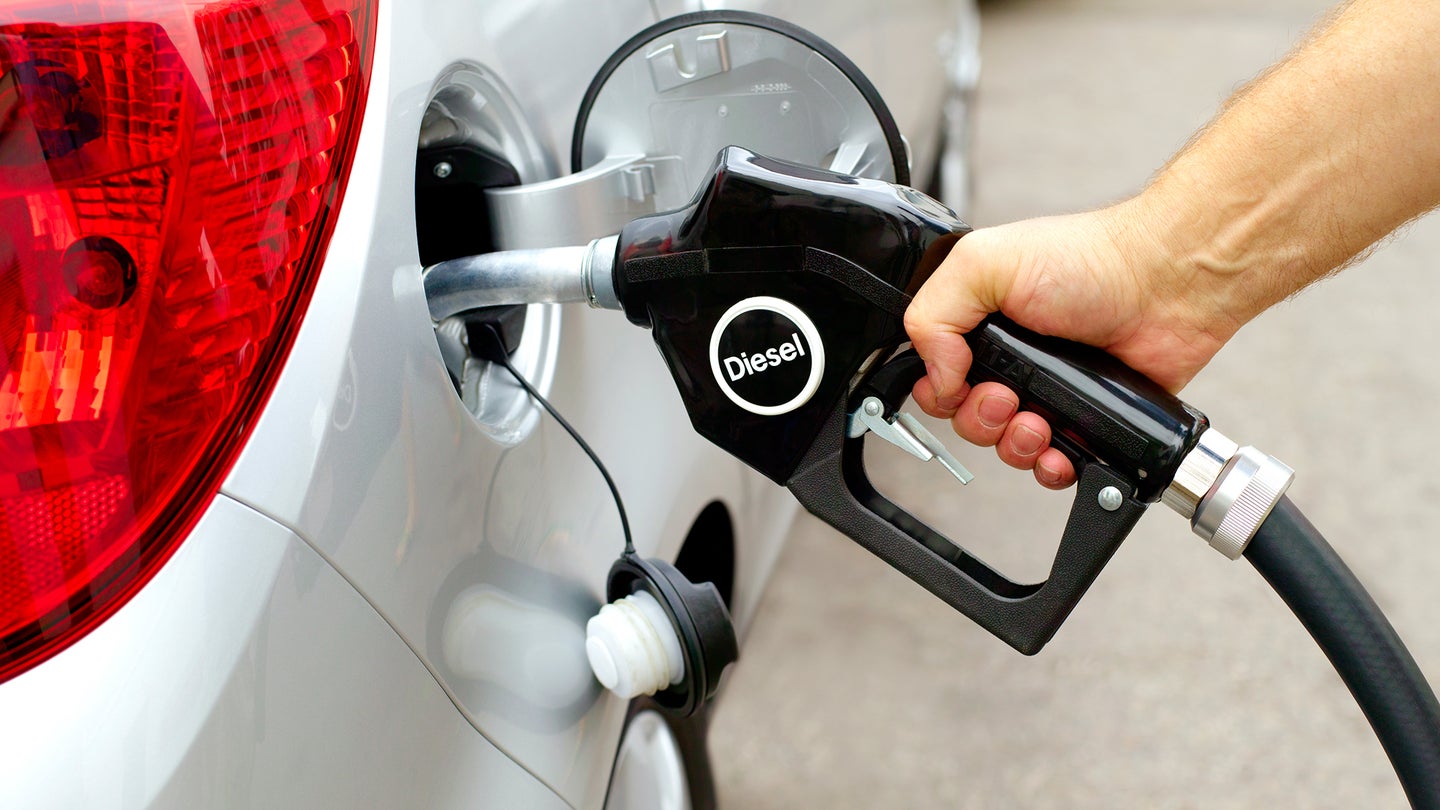White House Praises ‘Per Mile’ Vehicle Taxes for Infrastructure Funding
As EVs become more popular, the government looks to change the way infrastructure taxes are generated.

Cars are becoming much more fuel efficient. With the large boom in hybrid (PHEV) and battery-only (BEV) electric cars, manufacturers are seeing a reason to shift production towards a more "green" way of travel. As cars become less fuel-dependent, state and local infrastructure begin to suffer due to the lack of revenue brought in by the gas tax. In a recent statement by the White House, the Trump administration praises states like Oregon who have instituted programs to test a per-mile taxation approach for vehicles traveling on state roads in lieu of the gas tax.
Keeping up with expanding, improving, and repairing the infrastructure of the United States highway system has been a chore, to say the least. More recently, the chore has been knocking on the door of a fund which will slowly begin to trickle away if a way to replenish it isn't found in the next few years. Oregon is one of the nation's top adopters of electric cars, second only to California. Its push for electrification has proven to grow not only the existing electric car industry but also open the doors to new businesses and ideas. As the rise of electrification begins, the state has begun to seek the need to fairly tax these cars, specifically because they won't be using one key money maker; gasoline.
One of the many ways that states get the money to repair and expand infrastructure is through the gas tax. This is a combination of a federal duty of $0.184 per gallon, as well a tax that varies by state. For example, Pennsylvania, charges $0.58 per gallon of gas (despite having the sixth worst roads in the nation), whereas Alaska charges its residents a mere $0.123. While this amount may seem minuscule, it adds up rather quickly.
A single car with a 15-gallon gas tank would generate $8.70 in Pennsylvania tax revenue and $2.76 in Federal tax revenue on a single fill up. Based on the federal average of 13,476 miles driven per year and the average car getting around 24.8 miles per gallon, the average consumer would need 543 gallons of gas per year. This equates to roughly $314.94 in state and $99.91 in Federal tax revenue annually.
To make up for this, Oregon has implemented a volunteer-driven program to tax drivers on a per-mile basis, allowing for up to 5,000 participants to opt-into a taxation of 1.5 cents per mile and be credited the gas-tax. This works out to about $134.76 per driver each year, as opposed to the $184.62 currently generated from the state gas tax at $0.34 per mile.
The per-mile tax works out quite well for drivers who drive the national average and have a fuel economy rating of fewer than 34 miles per gallon. Those with PHEVs or BEVs with an ultra-high mile per gallon rating will be hit the hardest. Owners of the Tesla Model 3, which has an mpg-equivalent of around 126 miles, would potentially be "punished" for having a more efficient vehicle as they would now be paying a tax which they would otherwise not see. Though the owners may see this as unfair or a way to squeeze money out of EV owners, it is really meant to be a balancing act between new fuel-efficient vehicles and the existing infrastructure tax structure.
This news comes only a few days after U.S. President Donald Trump supported a 136 percent increase in the Federal gas tax during a bipartisan meeting at the White House. Lawmakers called the current method of taxation "imperfect" because the current model does not create long-term sustainable income to improve infrastructure in the United States as cars become more fuel efficient and provide less income to state and federal government funds.
